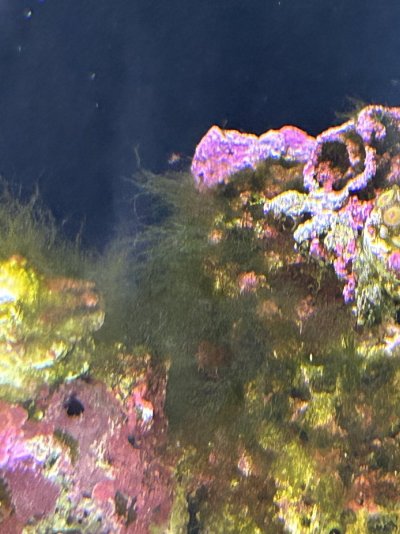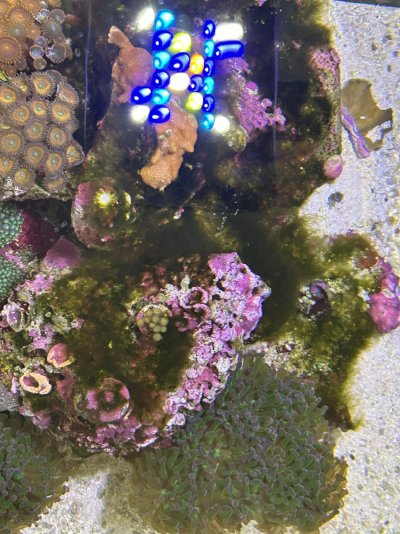This is literally what I did after my aquariums were completely killed. No water changes. Just carbon dosing and patience and within a few months it’s as good as new.

 www.reef2reef.com
www.reef2reef.com

40G Breeder Revival From Hurricane Ida - Doing everything wrong
So This is how I left my 40 gallon breeder the night we left before the storm. It was about 4 months old. I wanted a final video and picture because I knew it was unlikely I would be coming back to this. Unfortunately I was right. I use the zeovit dosing system with a BCB basket and a box...
 www.reef2reef.com
www.reef2reef.com
Last edited:




















